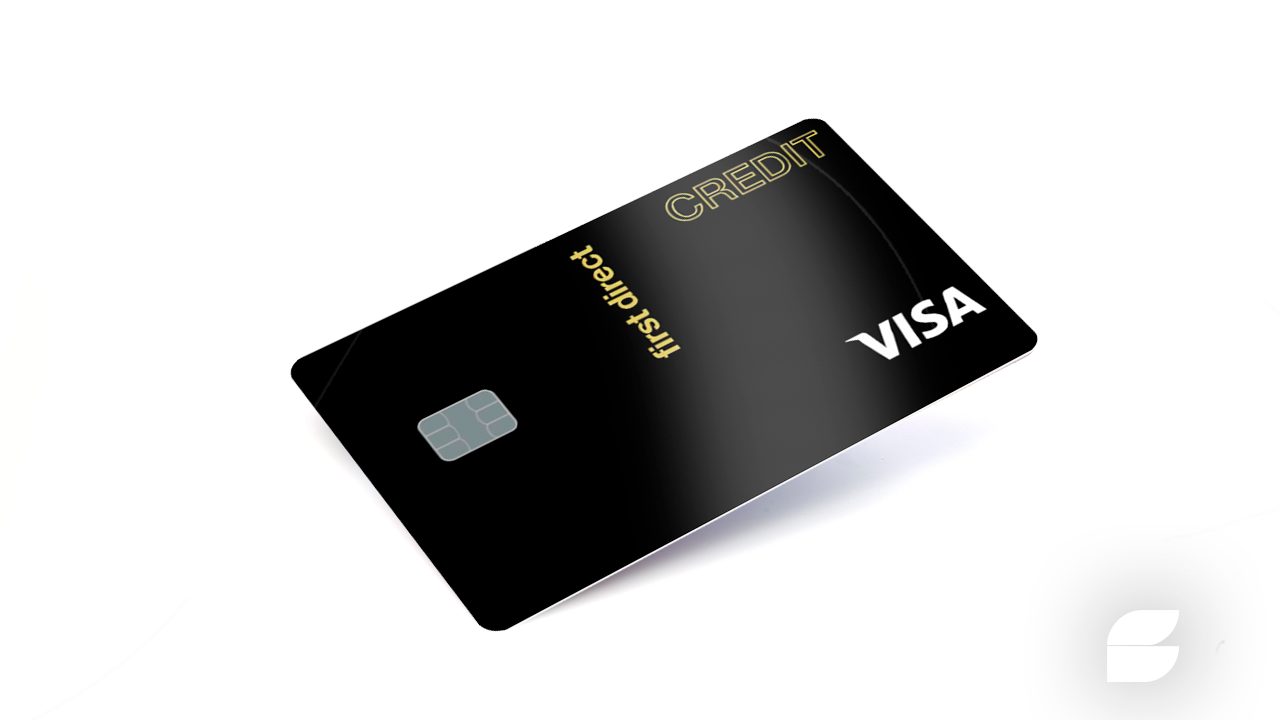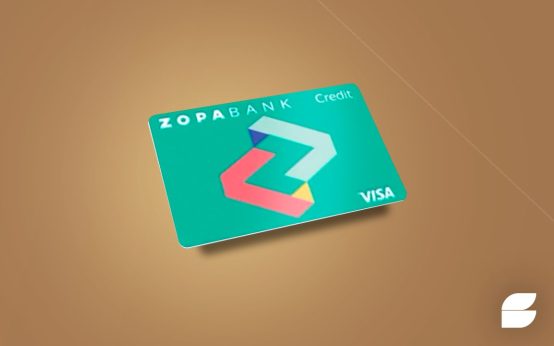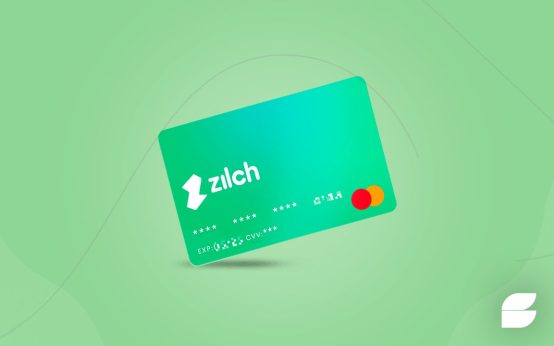Besides core features, the First Direct Visa can provide tools and conveniences that go beyond simple borrowing and support medium‑term financial planning. Below are selected additional benefits followed by concrete, actionable strategies to increase approval chances — focusing on documentation, the banking relationship and application timing — plus a practical pre‑application checklist.
Selected additional benefits
Flexible credit lines by profile
Many modern card issuers apply dynamic credit models that adjust limits based on transactional behaviour and the customer’s relationship with the bank. Practically, this can translate into temporary limit increases for validated high‑value purchases (e.g., professional equipment, home repairs, or travel bookings) or automatic capacity release when regular salary deposits are detected. For cardholders, this reduces the need for formal increase requests and lowers the risk of declined transactions during essential purchases. For financial planning, it enables smoother management of expense spikes without resorting to separate personal loans or overdrafts. Bear in mind this advantage is tied to demonstrated account activity and a predictable transaction history.
Pre‑approved emergency credit via app
Some issuers embed a small, pre‑approved emergency loan option within the mobile app. This microcredit functions as a short‑term bridge for urgent needs — emergency repairs, immediate medical expenses or travel advances — and is typically disbursed quickly into the linked current account. Because it’s integrated, repayment and tracking are simpler than third‑party alternatives. However, always verify APR, fees and minimum repayment terms before use: convenience can come at a higher effective cost if you don’t follow a clear repayment plan.
Subscription management and recurring expense control tools
Tools that automatically detect recurring charges, categorise subscriptions and allow temporary pausing or blocking of authorisations help eliminate “subscription creep” — the slow accumulation of low‑use monthly fees that erode cash flow. These features enhance visibility into fixed outflows, enabling fast decisions to cancel, downgrade or negotiate services. From a planning perspective, consolidating this data helps reallocate funds to higher‑priority goals such as emergency savings, debt reduction or planned investments.
Bundles and relationship discounts (financial synergies)
Banks often reward cross‑product relationships: combining a current account, savings, insurance or investment products with a credit card can unlock fee waivers, lower interest rates or preferential product tiers. For example, maintaining a target average balance might waive the card’s annual fee, or bundled insurance purchased through the bank could be discounted. When evaluating bundles, calculate the net benefit: consider required minimum balances (and their opportunity cost), any package fees and the realistic probability you’ll meet conditions over 12 months.
How to increase approval chances — practical, direct strategies
Prove stability beyond salary
Lenders value consistent cash flow over isolated income figures. If you have variable income (self‑employed, contractor, gig worker), assemble renewable contracts, recurring client invoices, bank statements showing repeated deposits and client reference letters. For employees, supplement payslips with proof of bonuses, commission statements or pension contributions. The aim is to present a coherent, multi‑source cash‑flow narrative that demonstrates capacity to service credit even during income fluctuations.
Use well‑organised alternative data
Credit assessments increasingly accept non‑traditional evidence. Include statements from digital platforms that show recurring income, rental receipts or consistent bill payments. Package these documents in clear folders (digital PDF bundles), add short explanatory notes for each file, and where relevant include an accountant’s letter verifying income streams. Clean, labelled documentation reduces underwriter friction and speeds automated reviews.
Strengthen the banking relationship before applying
Opening and actively using an account with the issuing bank for 2–3 months can materially improve outcomes. Small but consistent behaviours — receiving salary, setting up direct debits for utilities, maintaining a reasonable average balance — signal predictability. These actions feed into automated scoring models and, in some cases, allow human underwriters to consider a broader relationship‑based view rather than a single snapshot.
Choose the right timing and minimise credit enquiries
Avoid applying immediately after disruptive life events (job changes, major purchases, mortgage applications) or after multiple recent credit applications. Each “hard enquiry” can slightly lower scoring models; multiple enquiries in a short period amplify that effect. If you have several recent enquiries or a recent financing event, wait 3–6 months and stabilise account metrics (salary deposits, balance consistency) before applying.
Fix and supplement your credit report
Obtain and review your credit file in advance. If you find adverse items, prepare settlement or payoff receipts, court discharge letters or agreement confirmations to include with your application. Where possible, correct reporting errors with the credit reference agencies ahead of time. Presenting documentation that evidences resolved negative items often prevents automatic declines and accelerates manual review.
Consider alternative guarantees or a co‑applicant when needed
If your profile lacks sufficient credit history or documented stability, ask the issuer about secured card options (e.g., linked deposit collateral) or temporary guarantees. A co‑applicant or guarantor with a strong credit record can significantly raise approval probabilities and may yield more favourable initial limits. These options are especially useful for younger applicants or those rebuilding credit.
Practical checklist before applying
- Update and correct your credit report.
- Prepare essential documents: valid ID, proof of address (recent utility bill), 3 months of bank statements, payslips or income evidence.
- If self‑employed: include recent invoices, business bank statements and an accountant’s letter.
- Move regular deposits (salary, recurring credits) to an account with the issuing bank for at least 2 months.
- Avoid new credit enquiries for 3 months prior to application.
- Gather proof of resolved disputes or settled debts if applicable.
- Request a pre‑assessment via the bank’s chat, phone or relationship manager to confirm specific documentation and likely eligibility.
Final notes
Treat the application as a short project: organise documents, stabilise account activity and choose timing carefully. Leveraging the First Direct Visa’s additional features — flexible limits, app‑based emergency credit, subscription controls and relationship bundles — can improve both daily money management and medium‑term planning. Following the practical steps above increases the probability of approval and the chance to secure better terms, making the card a useful instrument to manage expenses, build savings and protect your financial plan.




 Zopa Credit Card: Financial Management Upgrade <p class='sec-title' style=' font-weight: normal; line-height: 1.9rem !important; font-size: 17px !important;'> Learn How the Zopa Credit Card Can Improve Your Financial Management and Provide Exclusive Benefits in Your Daily Life. </p>
Zopa Credit Card: Financial Management Upgrade <p class='sec-title' style=' font-weight: normal; line-height: 1.9rem !important; font-size: 17px !important;'> Learn How the Zopa Credit Card Can Improve Your Financial Management and Provide Exclusive Benefits in Your Daily Life. </p>  Zopa Credit Card: Key Benefits & Features <p class='sec-title' style=' font-weight: normal; line-height: 1.9rem !important; font-size: 17px !important;'> Explore the Benefits and Features of the Zopa Credit Card to Improve Your Financial Management and Maximize Your Purchases. </p>
Zopa Credit Card: Key Benefits & Features <p class='sec-title' style=' font-weight: normal; line-height: 1.9rem !important; font-size: 17px !important;'> Explore the Benefits and Features of the Zopa Credit Card to Improve Your Financial Management and Maximize Your Purchases. </p>  Zilch Credit Card: Main Features, Tips, and How to Apply <p class='sec-title' style=' font-weight: normal; line-height: 1.9rem !important; font-size: 17px !important;'> Discover how the Zilch Credit Card can transform your financial life with interest-free payments and exclusive benefits. </p>
Zilch Credit Card: Main Features, Tips, and How to Apply <p class='sec-title' style=' font-weight: normal; line-height: 1.9rem !important; font-size: 17px !important;'> Discover how the Zilch Credit Card can transform your financial life with interest-free payments and exclusive benefits. </p>